Discover 35 hidden attractions, cool sights, and unusual things to do in Cagliari (Italy). Don't miss out on these must-see attractions: Capo Sant'Elia Lighthouse, Cagliari Cathedral, and Torre dell'Elefante. Also, be sure to include Torre di San Pancrazio in your itinerary.
Below, you can find the list of the most amazing places you should visit in Cagliari (Sardinia).
Table of Contents
Capo Sant'Elia Lighthouse
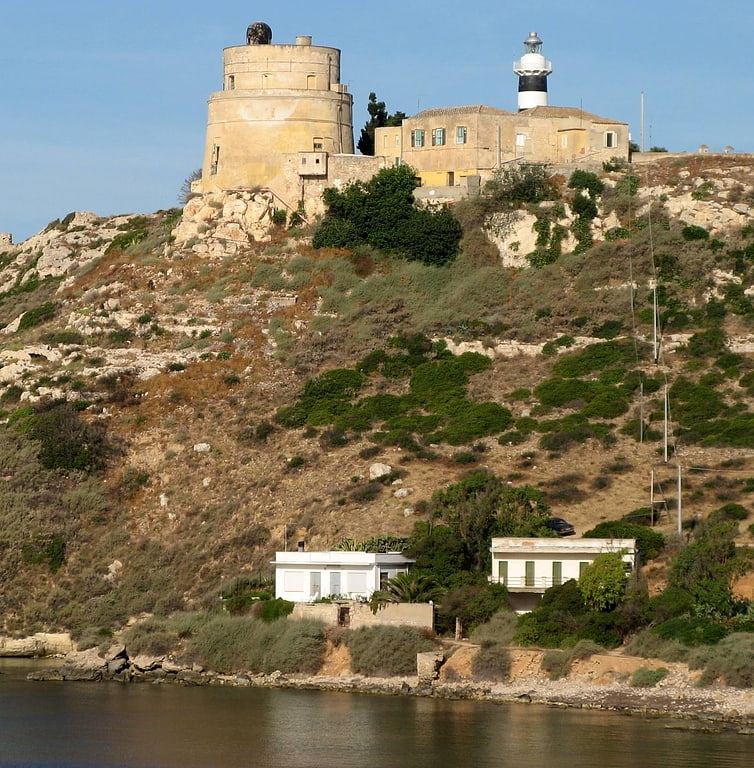
Capo Sant'Elia Lighthouse is an active lighthouse located on Capo Sant'Elia promontory, adjacent to Calamosca Bay which separates the Golfo degli Angeli from that of Quartu Sant'Elena. The structure is situated in the municipality of Quartu Sant'Elena, in the southern Sardinia on the Tyrrhenian Sea.[1]
Address: Viale Calamosca, Cagliari
Cagliari Cathedral
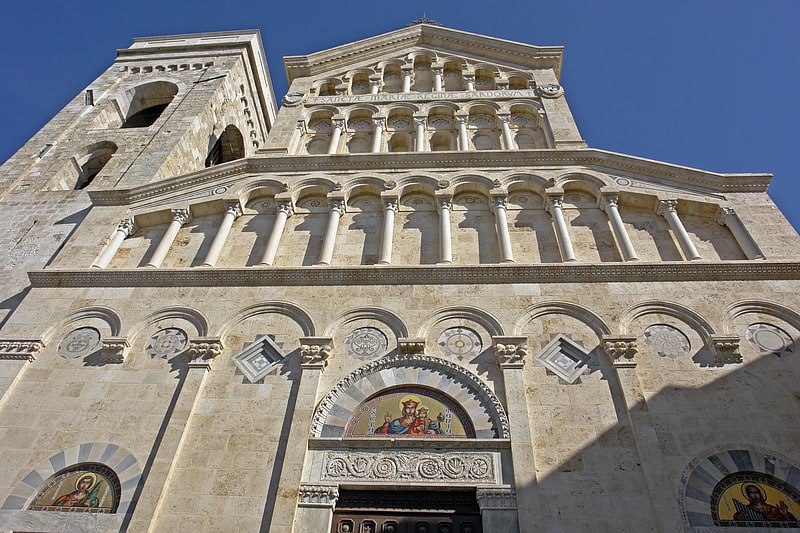
Also known as: Cattedrale di Santa Maria
13th-century cathedral with royal tombs. Cagliari Cathedral is a Roman Catholic cathedral in Cagliari, Sardinia, Italy, dedicated to the Virgin Mary and to Saint Cecilia. It is the seat of the archbishop of Cagliari.
The church was built in the 13th century in Pisan-Romanesque style, obtaining cathedral status in 1258. In the 17th and 18th centuries it was renovated along Baroque lines. In the 1930s it finally received the current façade, in Neo-Romanesque style, inspired by Pisa Cathedral.[2]
Address: Piazza Palazzo, 09124 Cagliari
Torre dell'Elefante
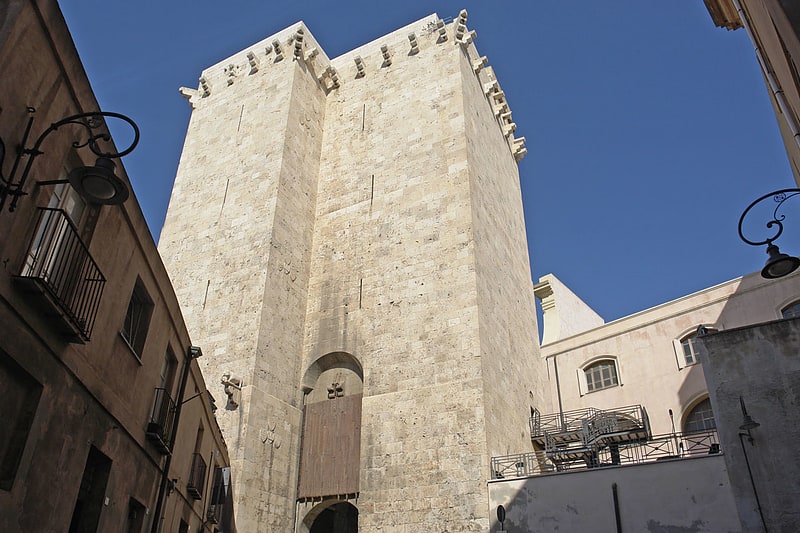
Tower in Cagliari, Italy. The Torre dell'Elefante is a medieval tower in Cagliari, southern Sardinia, Italy. It is located in the Castello historical quarter of the city.[3]
Address: via Cammino Nuovo, 09124 Cagliari
Torre di San Pancrazio

The Torre di San Pancrazio is a medieval tower in Cagliari, southern Sardinia, Italy. It is located in the Castello historical quarter of the city.
The tower was built in 1305, during the Pisan domination of the city, by the Sardinian architect Giovanni Capula, who designed also the Torre dell'Elefante two years later, as well as the Torre dell'Aquila, partly destroyed in the 18th century and now incorporated in Palazzo Boyl. The tower was part of the city's fortifications built against imminent Aragonese invasion of the island. The tower was built in white limestone from the nearby Colle di Bonaria, with walls up to 3 metres thick. It has also a gate, that, together with that of the Torre dell'Elefante, is still the main entrance to Castello.
During the Aragonese rule, the edifice was modified and used as a jail. It was restored in 1906, with the reopening of some sections which had been covered by other buildings.[4]
Castello di San Michele
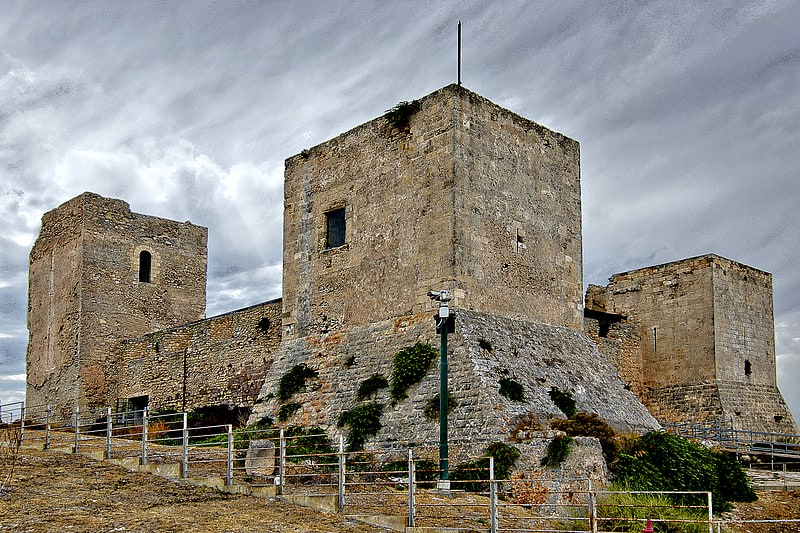
Castle in Cagliari, Italy. The Castle of San Michele is a medieval castle in Cagliari, the capital of Sardinia, Italy.[5]
Address: Via Sirai, 09100 Cagliari
Basilica di San Saturnino
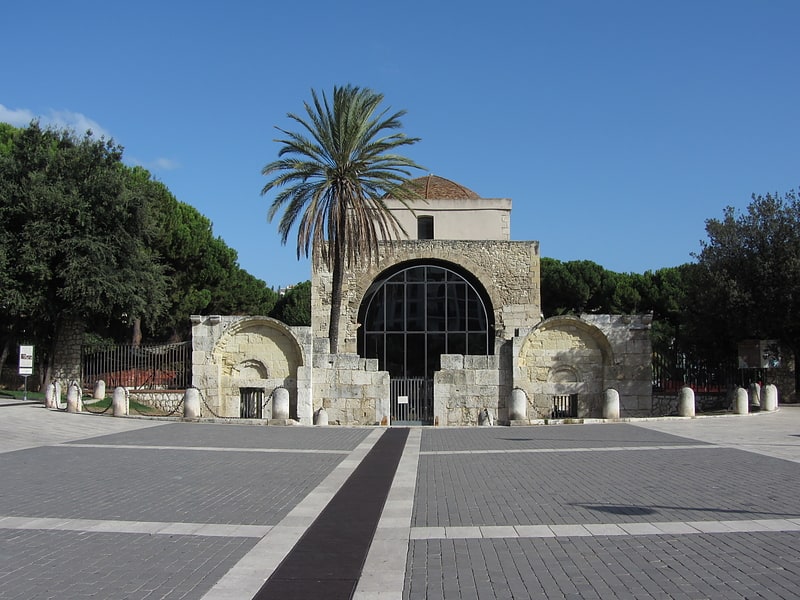
Ancient church ruins with a domed roof. The Basilica of San Saturnino is a Palaeo-Christian church in Cagliari, southern Sardinia, Italy.[6]
Address: Piazza S. Cosimo, 09127 Cagliari
Santuario di Nostra Signora di Bonaria
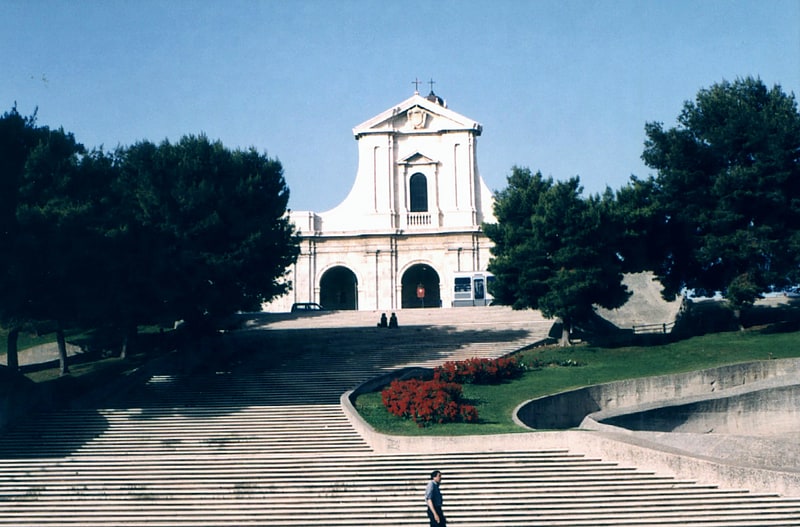
Shrine in Cagliari, Italy. The Shrine of Our Lady of Bonaria also known as Our Lady of Fair Winds is a Marian title associated with the Blessed Virgin Mary as Star of the Sea and patron of sailboats. In addition, it is first associated with a Roman Catholic shrine to the Blessed Virgin Mary located in Cagliari, Sardinia.
The Shrine is part of a complex of buildings which include the Basilica of Our Lady of Bonaria, the Sanctuary of Our Lady of Bonaria and the monastery which houses the friars of the Order of the Blessed Virgin Mary of Mercy. The Basilica and the other structures are under the administration of the Mercedarians, a religious order which has overseen the care of the shrine continuously since October 17, 1335.
Mary under this Marian title, is often portrayed carrying the Child Jesus, along with a golden sailboat and a candle in her right arm is invoked as the Patroness of Sardinia as well as Buenos Aires, Argentina, to which Pope Francis is also a known devotee.[7]
Address: Piazza Bonaria, 2, 09125 Cagliari
National Archaeological Museum
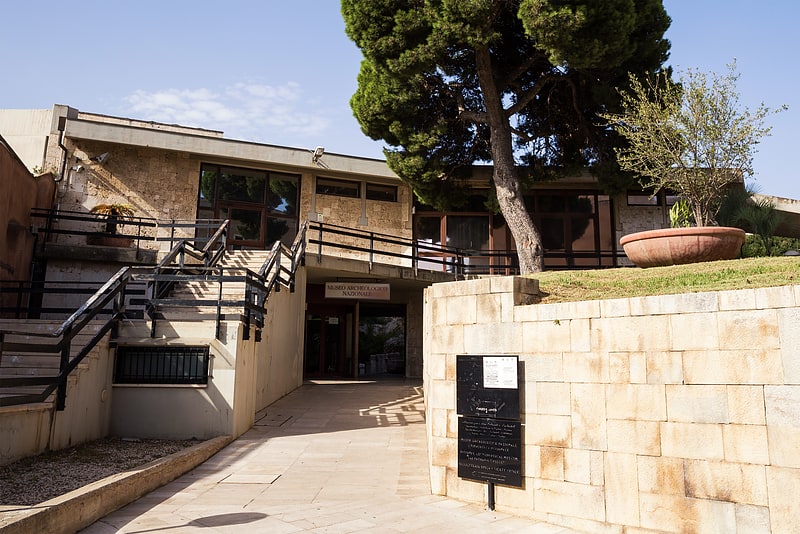
Also known as: Museo Archeologico Nazionale
Archaeological museum with Punic jewelry. The Museo archeologico nazionale is a museum in Cagliari, Sardinia.
The museum houses findings from the pre-Nuragic and Nuragic age to the Byzantine age. These include a large collection of prehistoric bronze statuettes from the Nuragic age, some earlier stone statuettes of female divinities, reconstruction of a Phoenician settlement, the Nora Stone, Carthaginian goldsmith examples, Roman and Italic ceramics and Byzantine jewels.
The museum houses a valuable collection of wax anatomical models made in Florence by the sculptor Clemente Susini from dissections by the anatomist Francesco Antonio Boi between 1801 and 1805. The collection is housed in a pentagonal room. Preparation of the models was funded by Charles Felix (1765-1831), the younger brother of King Victor Emmanuel I of Sardinia (1759-1824), and the collection was originally held in his Museum of Natural History and Antiquities - these were transferred to the University of Cagliari in 1858, then to the museum in 1991.
The museum itself was formerly an armory. After falling into disrepair, the building was rebuilt by Italian architect Libero Cecchini.[8]
Address: Piazza Arsenale 1, 09124 Cagliari
Tuvixeddu necropolis
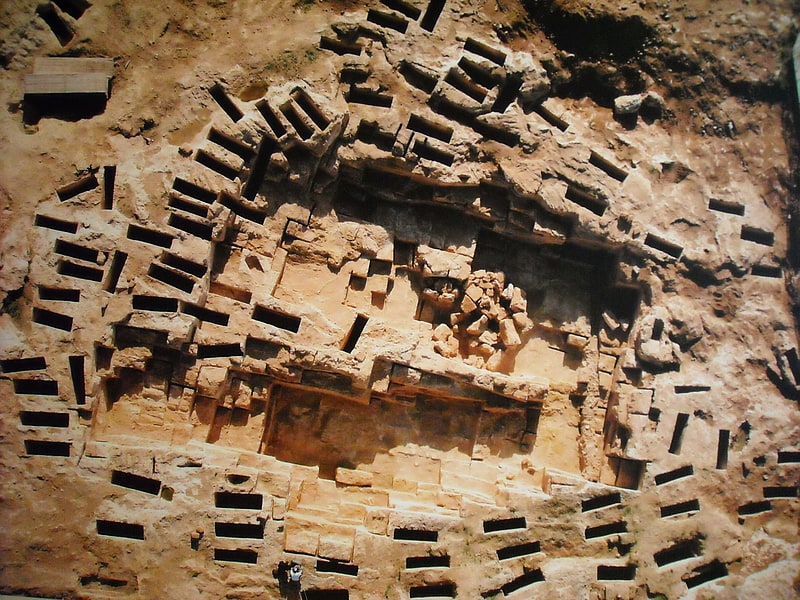
Also known as: Necropoli di Tuvixeddu
Necropolis. The necropolis of Tuvixeddu is a Punic necropolis, one of the largest in the Mediterranean. It is located in a hill inside the city of Cagliari, Sardinia called Tuvixeddu.
Between the 6th and 3rd centuries BC the Carthaginians chose this hill to bury their dead: these burials were reached through a well dug into the limestone rock (from two to eleven meters deep), a small opening introduced to the burial chamber. The burial chambers were beautifully decorated; there were found amphorae and ampoules for the essences. Of particular interest among the Punic tombs, the "Uraeus Tomb" and the "Fighter Tomb", decorated with paintings of palm trees and masks, still well preserved. Another famous tomb is that "of the Wheel".
On the slopes of the Tuvixeddu hill there is a Roman necropolis, which overlooked the road at the exit of the city. The Roman necropolis consists mainly of arcosolium tombs and columbaria.
The necropolis opened to the public in May 2014, during the XVIII edition of Monumenti Aperti. The archaeological area is large, it originally consisted of an area of about 80 hectares (200 acres).[9]
Roman Amphitheatre of Cagliari
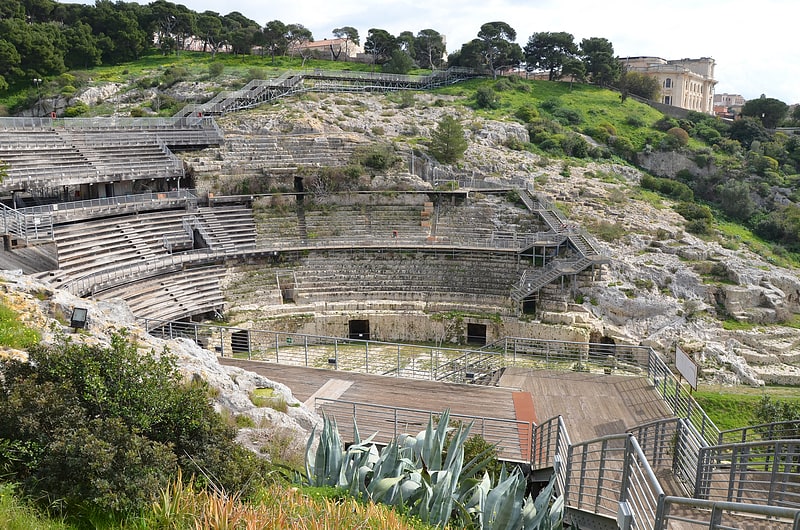
Also known as: Anfiteatro romano di Cagliari
Impressive Roman monument and amphitheater. The Roman Amphitheatre of Cagliari is an ancient Roman amphitheatre, located in the city of Cagliari, southern Sardinia, Italy.
The structure, built in the 2nd century AD, was half carved in the rock, while the rest was built in local white limestone, with a façade surpassing 20 m in height. The building axes measured about 93x80, those of the arena about 46.20x31.00. The surface of the arena was 1124.27 square meters. It housed fights between men and animals, of gladiators and other specialized fighters recruited in and outside Sardinia. It was also the seat of public executions. It could house up to 8,000 spectators, some one fourth of the Roman Caralis.
The amphitheatre was no longer in use starting from the 5th century AD and was subsequently used as a free stone quarry by the rulers of the area, from the Byzantines, the Republic of Pisa, the House of Aragon and others. The area was acquired by the comune of Cagliari in the 19th century and excavated under the direction of a clergyman, Giovanni Spano.[10]
Address: via Sant'Ignazio da Laconi, Cagliari
Monumental Cemetery of Bonaria
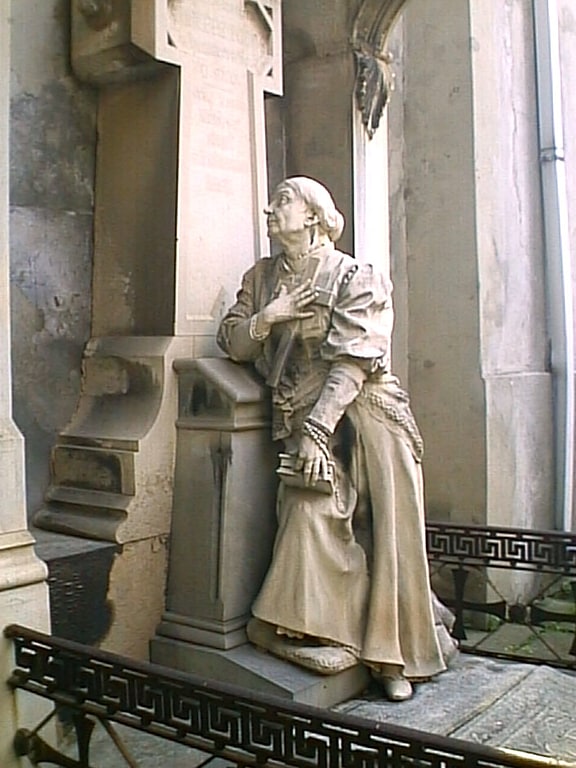
Also known as: Cimitero di Bonaria
Cemetery in Cagliari, Italy. The Monumental Cemetery of Bonaria is located in Cagliari, Sardinia. In use between 1829 and 1968, this monumental cemetery originally occupied an area at the base of the hill of Bonaria, and over time expanded upwards. The main entrance is located in Piazza Cimitero, with a second entrance in Ravenna, at the Basilica of Bonaria. Several famous people were buried in Bonaria, including the canonical archaeologist Giovanni Spano, the tenor Piero Schiavazzi and General Carlo Sanna.[11]
Address: Viale del Cimitero 1, 09125 Cagliari
Marina Piccola
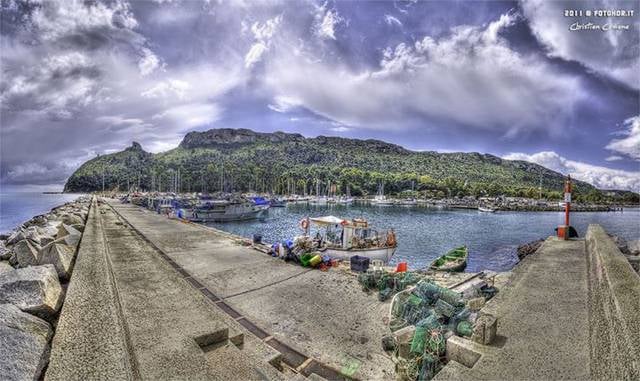
Sailing, Marina, Piers and boardwalks
Address: Viale Marina Piccola, Cagliari
Teatro Lirico

Theatre in Cagliari, Italy. The Teatro Lirico di Cagliari is an opera house in Cagliari. It is the main theatre of the city.
The Teatro Lirico was built in order to provide a large theatre to the city. After the destruction of the Teatro Civico, damaged by the shelling of Cagliari operated by the Allies during World War II, and the destruction of the Politeama Regina Margherita due to a fire in 1942, after the war there was not a suitable theatre in Cagliari.
The project, by the Italian architects Luciano Galmozzi, Pierfrancesco Ginoulhiac e Teresa Ginoulhiac Arslan, won a bid for the contract in 1967. The opera house was inaugurated in 1993. It covers a surface of 5,000 square metres among the stage, the auditorium and the foyer. Various rooms, like laboratories, offices, bar, book shop and restaurant were added after the inauguration.
The Teatro Lirico di Cagliari has received some important national prizes, in particular the Premio Franco Abbiati in 2001 for its innovatory programme. The prize was also assigned in 2000 and 2005 for Lucia di Lammermoor and Carmen respectively. Conductor Carlos Kleiber gave his last concert here in February 1999.[12]
Address: V. Sant'Alenixedda 111, 09128 Cagliari
Palazzo Regio
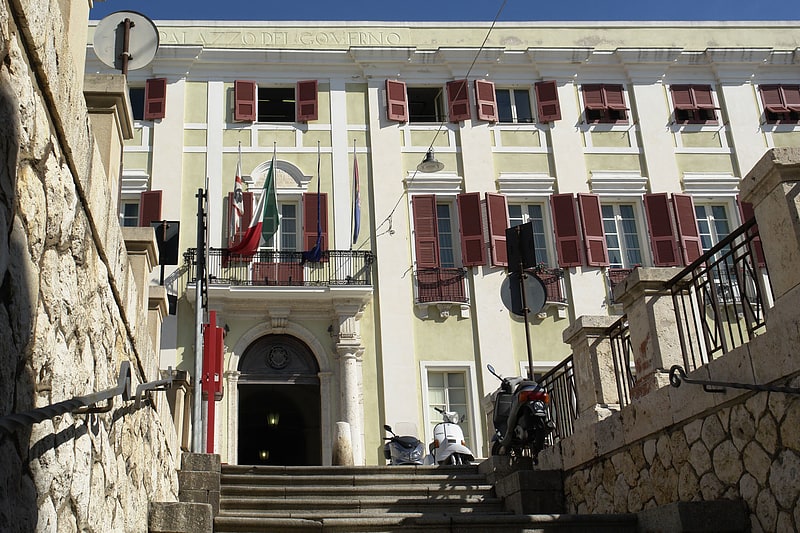
Historical landmark in Cagliari, Italy. The Palazzo Regio, also known as Viceregio, is a historic building in Cagliari, the ancient residence of the representative of the king of Sardinia during the Aragonese, Spanish and Savoy domination and now the seat of the Metropolitan City of Cagliari. It is located in the historical Castello district.
The building had been originally built in the 14th century and became the seat of the viceroy since 1337, at the behest of Peter IV of Aragon. Over the centuries the building underwent several modifications and extensions. Particularly significant were the 18th century restorations; in 1730, at the hands of the Piedmontese engineers de Guibert and de Vincenti it was built the grand staircase leading to the main floor, the rooms of which were restored in 1735 by della Vallea. The west facade, with the main portal in line with the staircase, was arranged by 1769, as evidenced by the inscription on the window bezel door that opens onto the central balcony.
Between 1799 and 1815 the palace was the official residence of the royal family and the court, in exile from Turin occupied by Napoleon.
In 1885 the palace became property of the Province, who established its representative office and oversaw the restoration of the interior, in order to adapt to the new function. In 1893 began the work of decoration on the Council room, by the perugian Domenico Bruschi for the frescoes and dell'Angeletti for the stuccos. The work was completed in 1896.[13]
Spiaggia di Calamosca
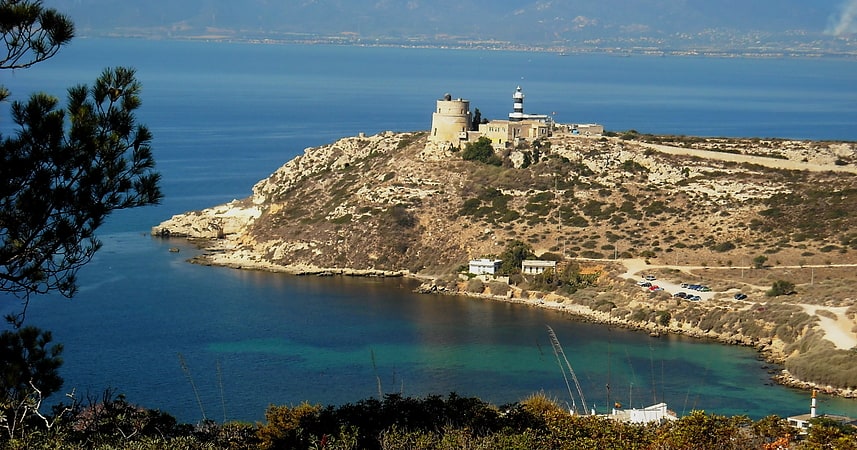
Calamosca is a beach in the municipality of Cagliari, located about 4 km away from the city center. The beach is located in the middle of a small inlet bordered by a cliff to the west and the hill of Sant'Elia to the east. Nearby is the eponymous Calamosca tower, built by the Spanish in the 17th century as part of the anti-Barbarian defense system of the Gulf of Cagliari.
Address: V.le Calamosca, 09126 Cagliari
Università
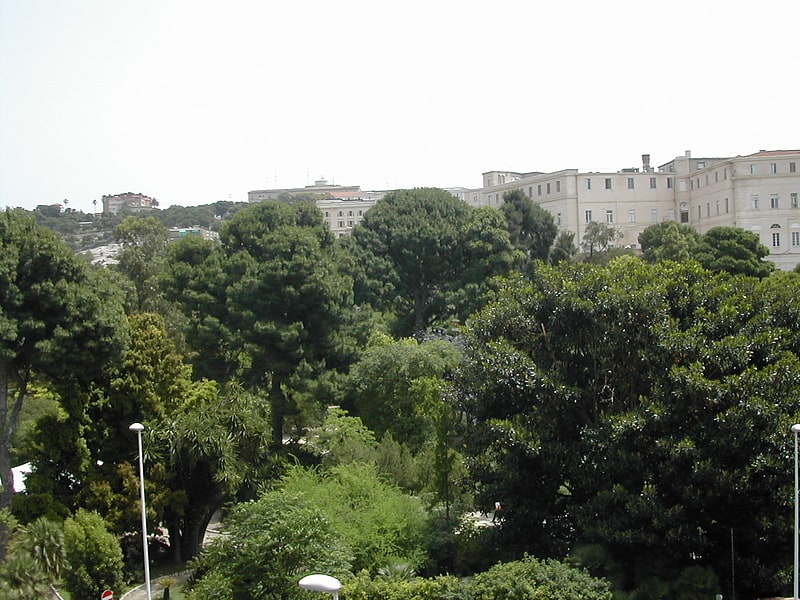
Also known as: Orto botanico di Cagliari
Botanical garden in Cagliari, Italy. The Orto Botanico dell'Università di Cagliari, also known as the Orto Botanico di Cagliari, is a botanical garden operated by the University of Cagliari and located at Viale S. Ignazio da Laconi 9-11, Cagliari, Sardinia, Italy.
The garden was inaugurated in 1866 under the direction of Prof. Patrizio Gennari. Its first seed index was published in 1885, and by 1901 the garden contained some 430 species (of which 36 were killed by that year's deep frost). The garden was damaged in World War II but has subsequently been restored.
Today the garden contains some 2000 species, predominantly of Mediterranean origin but with a good collection of succulents and tropical plants as well. The garden is organized into three major sections:
- Mediterranean plants - representing the three bands of Sardinian vegetation as well as species from Australia, California, Chile, etc.
- Succulent plants - about 1000 succulents from Echinocereus, Euphorbia, Lampranthus, Mammillaria, Opuntia, etc. in a greenhouse and outdoors, roughly equally divided between African and American origin.
- Tropical plants
All told, the garden contains some 600 trees and 550 shrubs. Of particular interest is its palm collection (4000 m²), with 60 specimens representing 16 species, and a magnificent specimen of Euphorbia canariensis spreading across 100 m². The site also contains ancient Roman cisterns and natural caves.[14]
Bastione di Saint Remy

The bastion of Saint Remy is one of Cagliari's most important fortifications, located in the Castello district. It was named after the first Piedmontese viceroy, Filippo-Guglielmo Pallavicini, Baron of Saint Remy. At the end of the 19th century it was monumentally transformed into a staircase, topped by the triumphal arch, which gives access to a covered promenade and a large panoramic terrace.
Address: Via Torino 16, 09124 Cagliari
Poetto
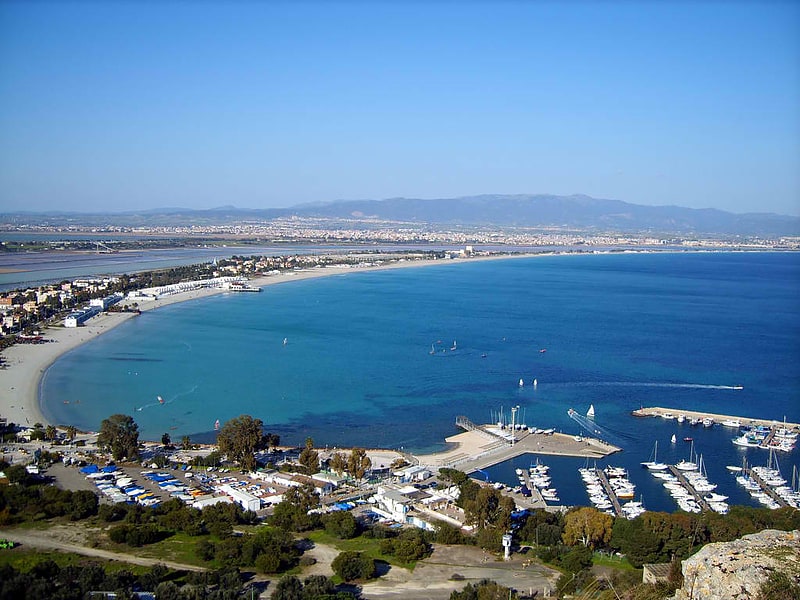
Beach in Italy. Poetto is the main beach of Cagliari in Sardinia, Italy. It stretches for about 8 km, from Sella del Diavolo up to the coastline of Quartu Sant'Elena. Poetto is also the name of the district located on the western stretch of the strip between the beach and Molentargius - Saline Regional Park.[15]
Torre dello Sperone

Tower in Cagliari, Italy. The Torre dello Sperone is a medieval tower in Cagliari, southern Sardinia, Italy. It is located in the Stampace historical quarter of the city.
The tower was part of the city's fortifications built in white limestone by the Pisan in the 13th century. A Latin inscription on the facade of the tower state that the tower was completed in March 1293 during the government of the Captain of the people Alberti.
In Nomine Domini Amen. Hoc hopus fuit perfectum tempore capitaneatus Domini gratiae Alberti capitanei comunis et populi Castelli Castri currentibus annis MCCLXXXXIII mense martii[16]
Address: Via Ospedale 1, 09124 Cagliari
Galleria Comunale d'Arte
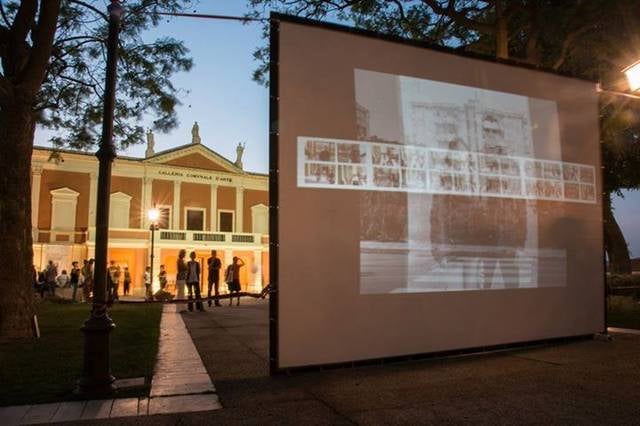
Museum, Art gallery, Shopping
Address: Viale San Vincenzo 2, 09123 Cagliari
Molentargius - Saline Regional Park
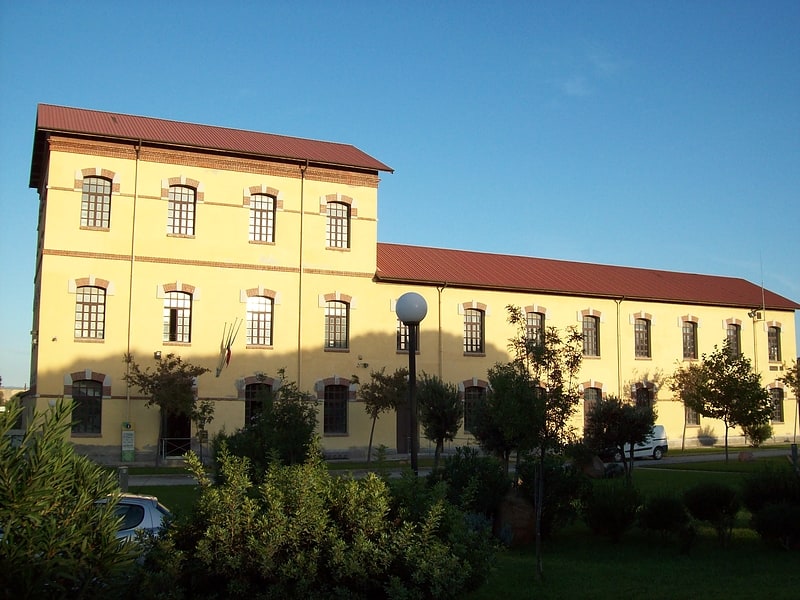
Regional park in Cagliari, Italy. Molentargius - Saline Regional Park is a regional park in Sardinia, Italy. It was established in 1999 with the aim to protect and enhance a site of international interest, already included in the Ramsar Convention since 1977 because of its number relevance about stopover, wintering and nesting waterfowl bird species.
Molentargius in Sardinian language means "donkeys handlers", as the salt extraction was the richest industry of the Cagliari area for millennia, the salt being transported by donkeys. The park is a wetland extending over an area of about 1600 hectares surrounded by the urbanized areas of Cagliari and the other towns of the metropolitan area, and the waterfront of Poetto beach.
The uniqueness of this area is the presence of reservoirs of both freshwater and saltwater, separated by a plain characterized by prevailing aridity called Is Arenas ("The sands"). Areas with fresh water are the ponds of Bellarosa Minore and Perdalonga, born as expansion of rainwater tanks. Areas of salt water ponds include the production system of the former Statal Saline of Cagliari, consisting of the Bellarosa Maggiore or Is Molentargius (water storage tank evaporation), by the Pond of Quartu (second and third tanks evaporation), the other salting basins (saline of Cagliari).
From 1850 to the present, 230 bird species, belonging to 53 families have been recorded in the Molentargius area.[17]
Ghetto degli Ebrei
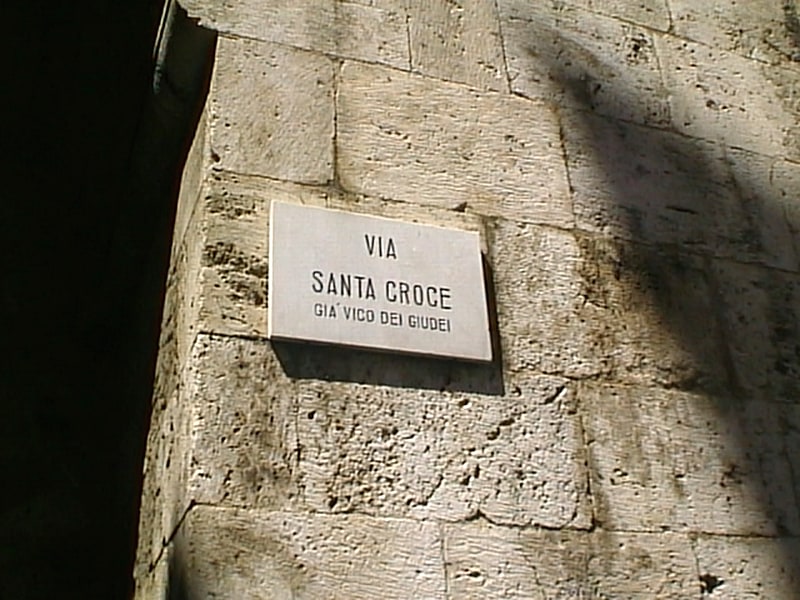
A ghetto, often the ghetto, is a part of a city in which members of a minority group live, especially as a result of political, social, legal, environmental or economic pressure. Ghettos are often known for being more impoverished than other areas of the city. Versions of the ghetto appear across the world, each with their own names, classifications, and groupings of people.
The term was originally used for the Venetian Ghetto in Venice, Italy, as early as 1516, to describe the part of the city where Jewish people were restricted to live and thus segregated from other people. However, early societies may have formed their own versions of the same structure; words resembling ghetto in meaning appear in Hebrew, Yiddish, Italian, Germanic, Old French, and Latin. During the Holocaust, more than 1,000 Nazi ghettos were established to hold Jewish populations, with the goal of exploiting and killing the Jews as part of the Final Solution.
The term has deep cultural meaning in the United States, especially in the context of segregation and civil rights; as such, it has been widely used in the country to refer to poor neighborhoods. It is also used in some European countries such as Romania and Slovenia to refer to poor neighborhoods.[18]
Address: via Santa Croce 18, 09124 Cagliari
ExMà
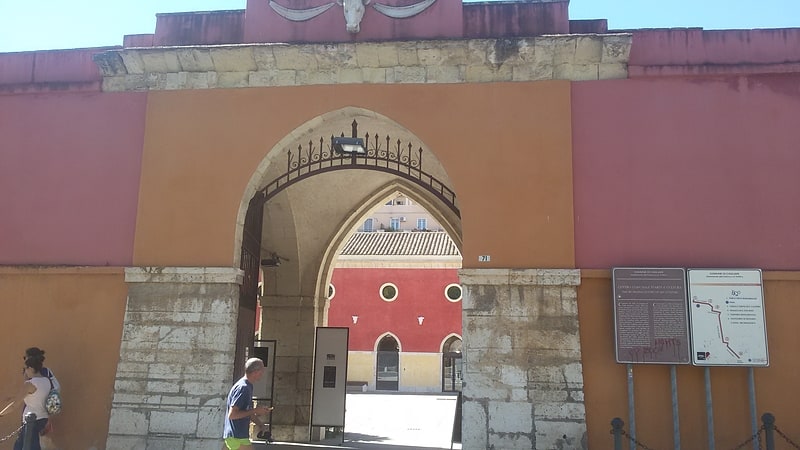
EXMA, formerly also referred to as Exmà, is one of Cagliari's most important exhibition centers.
It has been located since 1993 inside Cagliari's former slaughterhouse, with access from St. Lucifer Street in the Villanova neighborhood.
EXMA houses, in addition to many temporary exhibitions, the nearly 650 prints of the "Nicola Valle Collection," made by Sardinian and Italian artists and donated in 1997 to the local municipal government by the Valle heirs.
Address: Via S. Lucifero, 71, 09127 Cagliari
Chiesa Sant'Eulalia
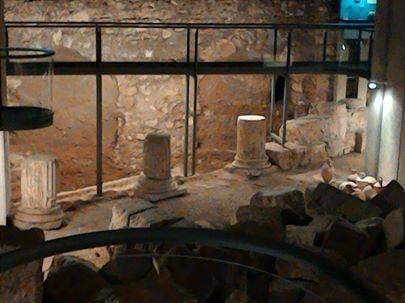
Church
Address: Vicolo Collegio, 2, 09124 Cagliari
Chiostro di San Domenico
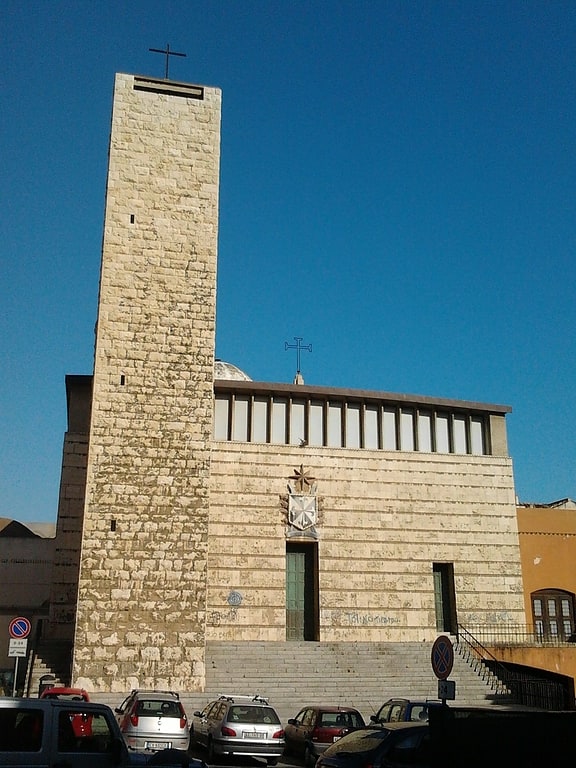
San Domenico is a church in Cagliari. It stands in Piazza San Domenico, in the neighborhood named Villanova. The church is officiated by the Dominican friars, who inhabit the nearby convent.
Address: Via XXIV Maggio, 5, 09127 Cagliari
Museo delle cere anatomiche Clemente Susini
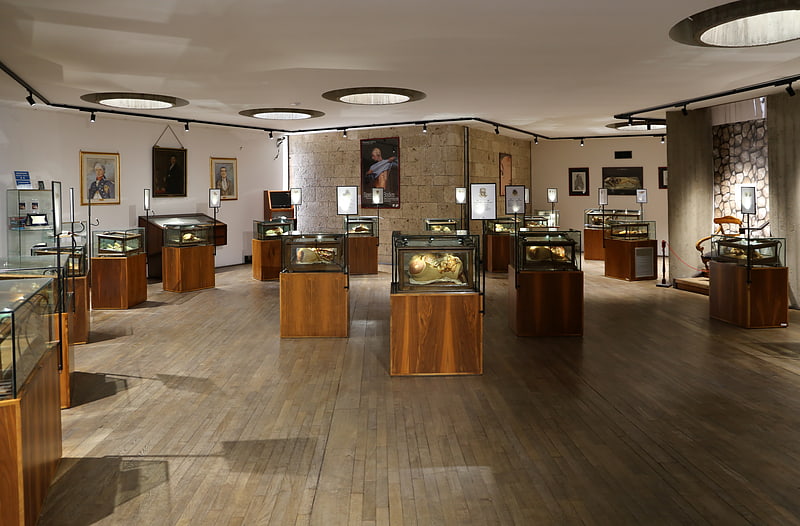
The Anatomical Wax Museum named after Clement Susini is located in Cagliari, in the Museum Citadel.
The museum houses a remarkable collection of anatomical waxes (reproducing male and female human body parts), second in Italy only to the Museo della Specola in Florence, from which the Sardinian institution was inspired.
Address: Piazza Arsenale 1, 09124 Cagliari
Museo Ferroviario Sardo
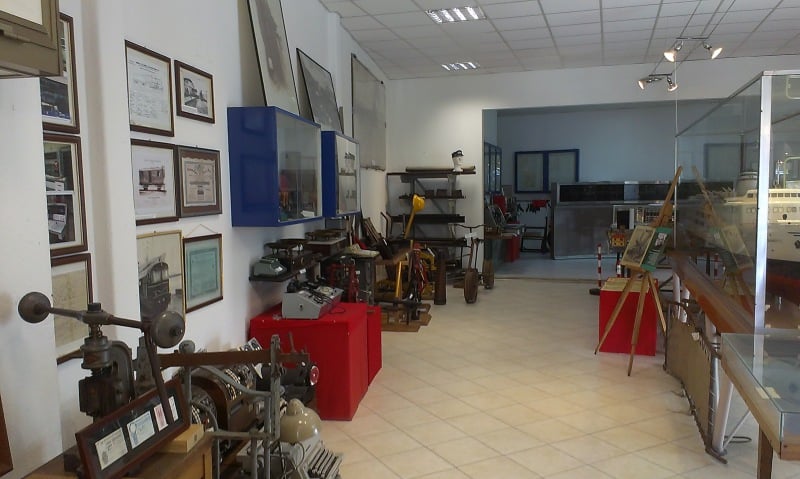
The State Railways Museum is a museum in Cagliari, opened in 1985 inside Cagliari Station.
Orto Botanico di Cagliari
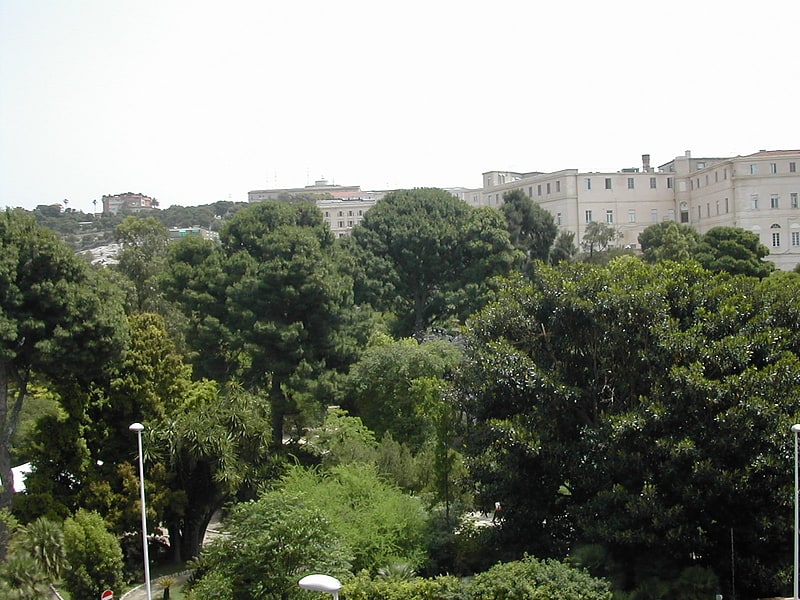
Also known as: Orto botanico di Cagliari
Botanical garden in Cagliari, Italy. The Orto Botanico dell'Università di Cagliari, also known as the Orto Botanico di Cagliari, is a botanical garden operated by the University of Cagliari and located at Viale S. Ignazio da Laconi 9-11, Cagliari, Sardinia, Italy.
The garden was inaugurated in 1866 under the direction of Prof. Patrizio Gennari. Its first seed index was published in 1885, and by 1901 the garden contained some 430 species (of which 36 were killed by that year's deep frost). The garden was damaged in World War II but has subsequently been restored.
Today the garden contains some 2000 species, predominantly of Mediterranean origin but with a good collection of succulents and tropical plants as well. The garden is organized into three major sections:
- Mediterranean plants - representing the three bands of Sardinian vegetation as well as species from Australia, California, Chile, etc.
- Succulent plants - about 1000 succulents from Echinocereus, Euphorbia, Lampranthus, Mammillaria, Opuntia, etc. in a greenhouse and outdoors, roughly equally divided between African and American origin.
- Tropical plants
All told, the garden contains some 600 trees and 550 shrubs. Of particular interest is its palm collection (4000 m²), with 60 specimens representing 16 species, and a magnificent specimen of Euphorbia canariensis spreading across 100 m². The site also contains ancient Roman cisterns and natural caves.[19]
Address: Via Sant'Ignazio da Laconi 11, 09123 Cagliari
Museo d'Arte Siamese "Stefano Cardu"
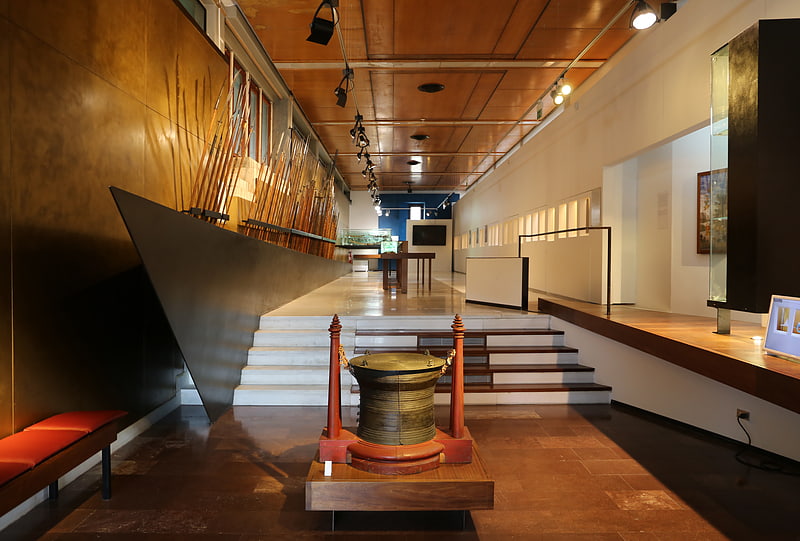
The Siamese Civic Museum of Art, named after Stefano Cardu, is located within the Citadel of Museums, the museum hub located in Cagliari Castle.
Address: Piazza Arsenale 1, 09124 Cagliari
Cittadella dei Musei
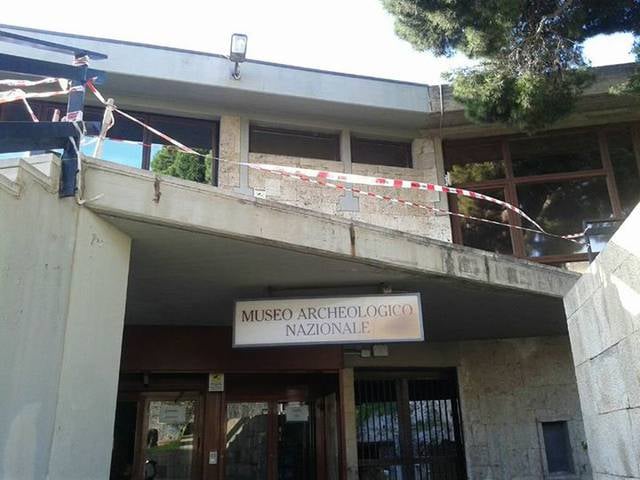
The Citadel of Museums is the museum hub of the city of Cagliari, located in the northern part of the limestone hill on which the Castle stands, with access from Arsenale Square.
The present Citadel is the result of extensive renovations and reorganization of the premises in the area where the Piedmontese installed the royal arsenal.
Address: piazza arsenale, 09124 Cagliari
Parco di Monte Urpinu
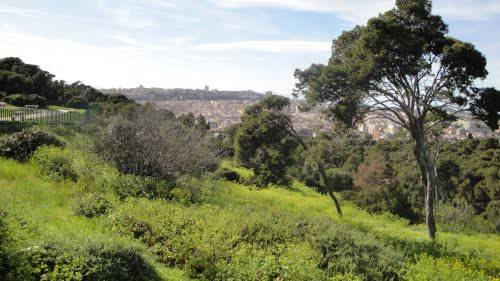
Relax in park, Park
Address: Via Enrico Sanjust, Cagliari
Chiesa di San Giuseppe Calasanzio
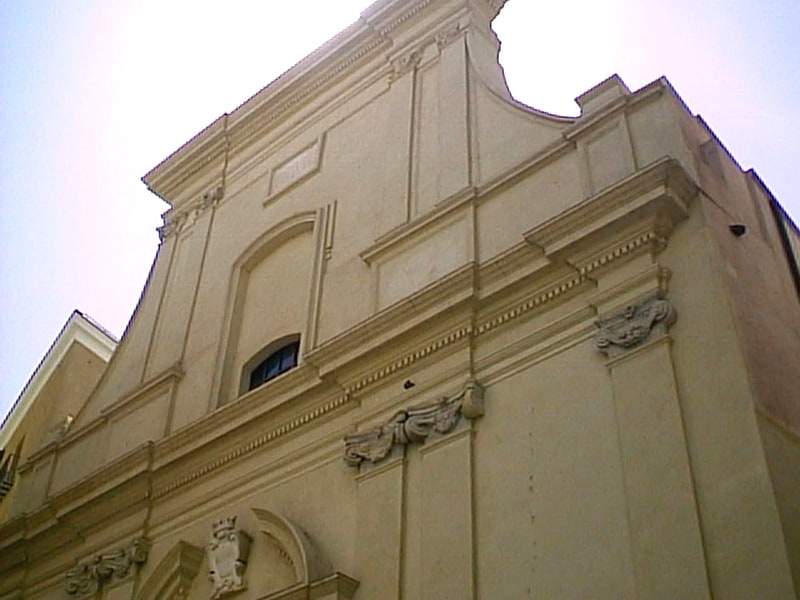
The church of San Giuseppe Calasanzio is located in Cagliari in Piazzetta San Giuseppe, adjacent to the Elephant Tower, in the Castello.
The church is flanked by the vast complex of the former Scolopian college, which now houses the state art high school.
Construction began in 1663 and ended in 1735. In 1943, as a result of bombing, the building suffered severe damage. Restored and reopened for worship after the war, it was closed again in the 1970s. Since then, due to interminable restoration work, the monument cannot be visited.
Address: Piazza S. Giuseppe, 09124 Cagliari
St. Lucia Church
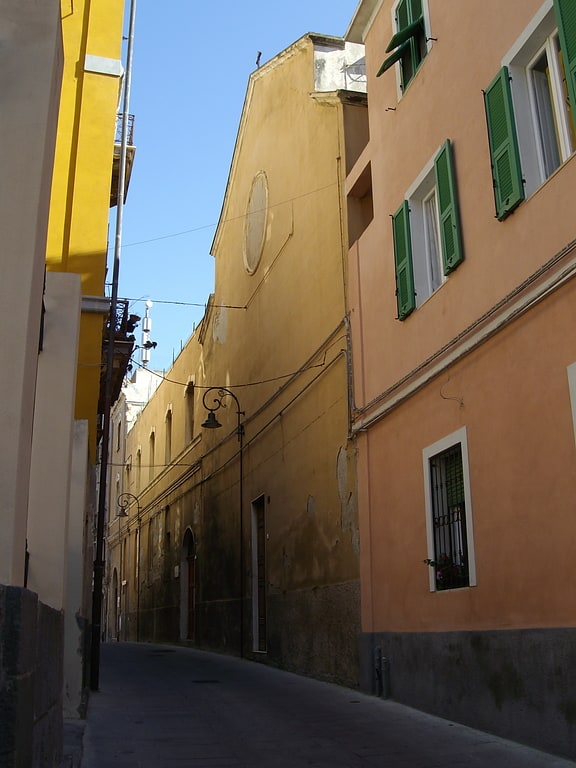
Also known as: Chiesa di Santa Lucia
The church of Santa Lucia is a Catholic place of worship in Castello, a district of Cagliari, located on Via Martini, the street that leads from the north side of Piazza Indipendenza to Piazza Palazzo, dedicated to the Syracusan martyr.
Address: Via Martini, 13, Cagliari
Church of Santa Chiara

Also known as: Chiesa di Santa Chiara
Santa Chiara is a church in Cagliari, located at Salita Santa Chiara, not far from Piazza Yenne, in the Stampace district.
Address: Salita di Santa Chiara, 09124 Cagliari
Church of San Michele
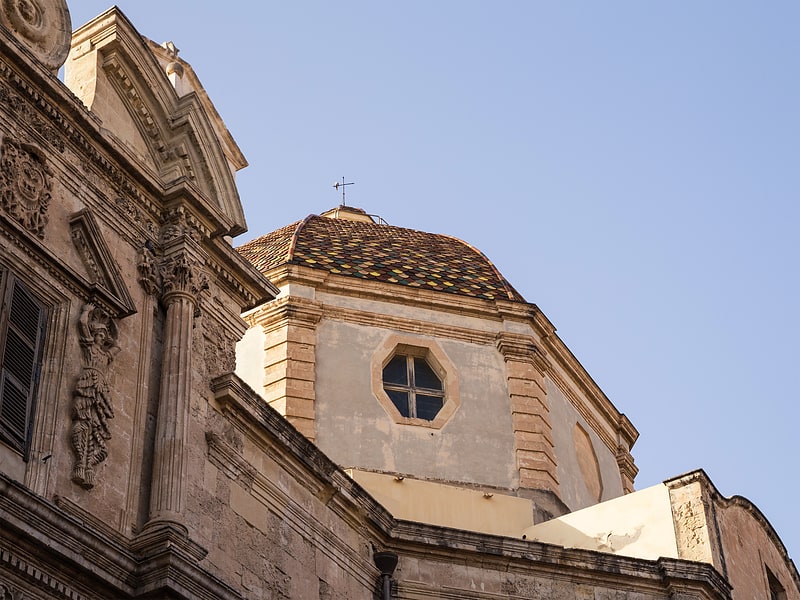
Also known as: Chiesa di San Michele
The monumental complex of San Michele consists of the Baroque monumental church and the former residence, once a Jesuit novitiate in the city of Cagliari; between Azuni Street and Ospedale Street, and is officiated by the Jesuit fathers. The sacred building, because of its architectural lines, decorative apparatus and the sculptural and pictorial works it holds, represents the main testimony of Baroque and Rococo art in Sardinia. Attached to the church stood the former Jesuit Novitiate House, since 1848 Military Hospital, now the Military Department of Forensic Medicine.
Address: Via Ospedale, 2, 09123 Cagliari